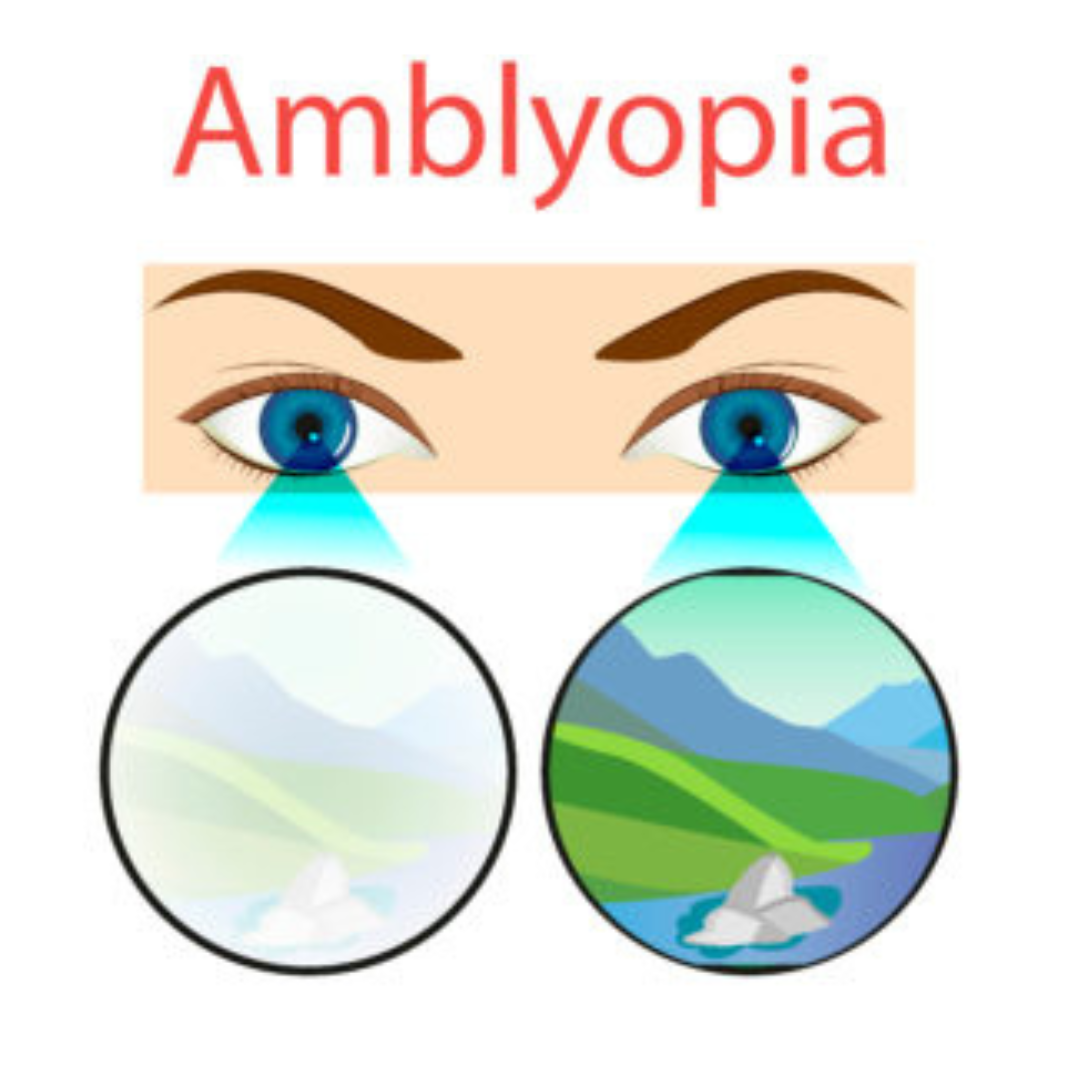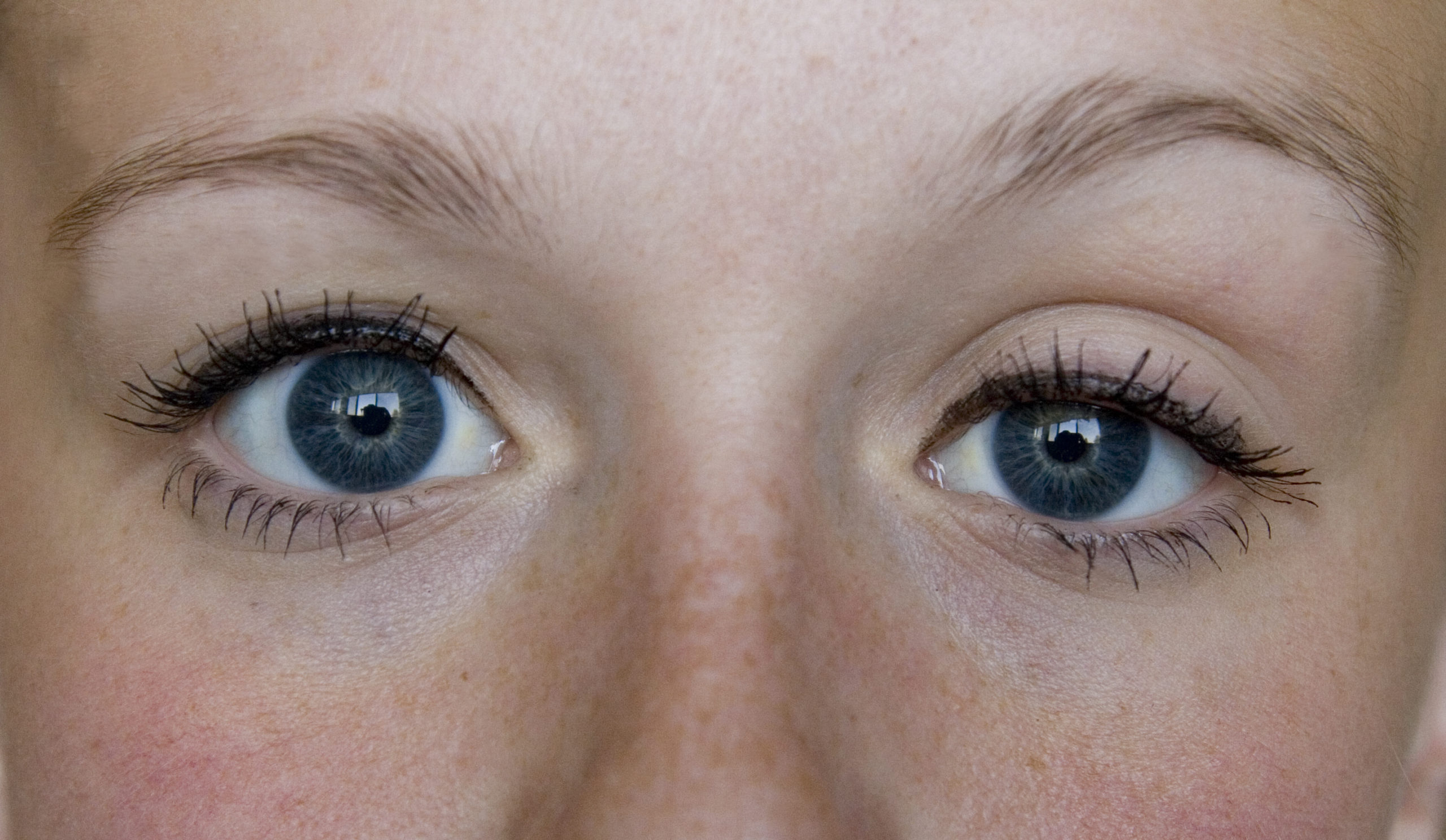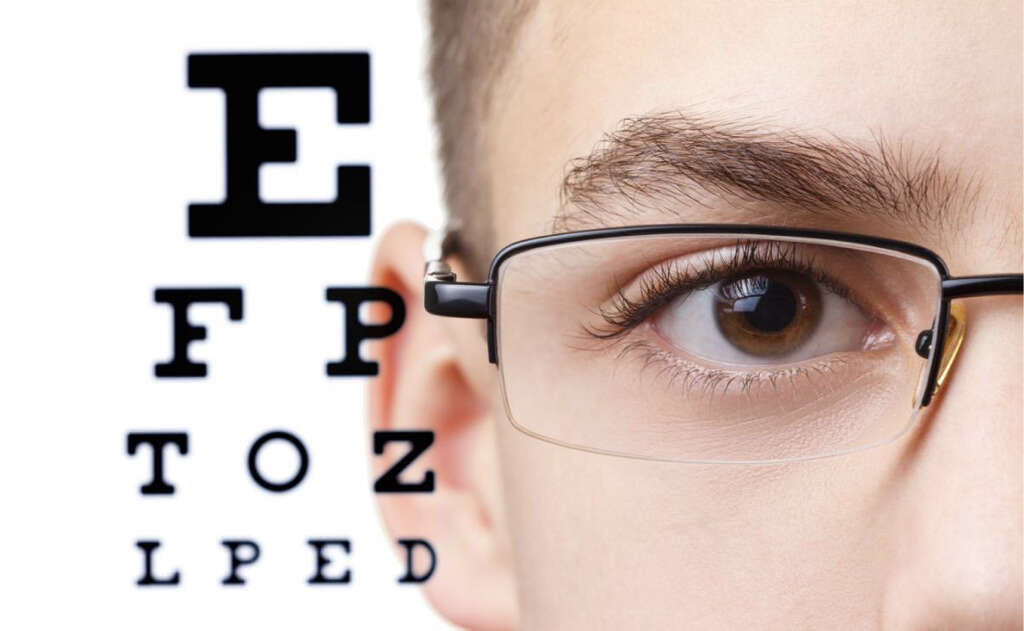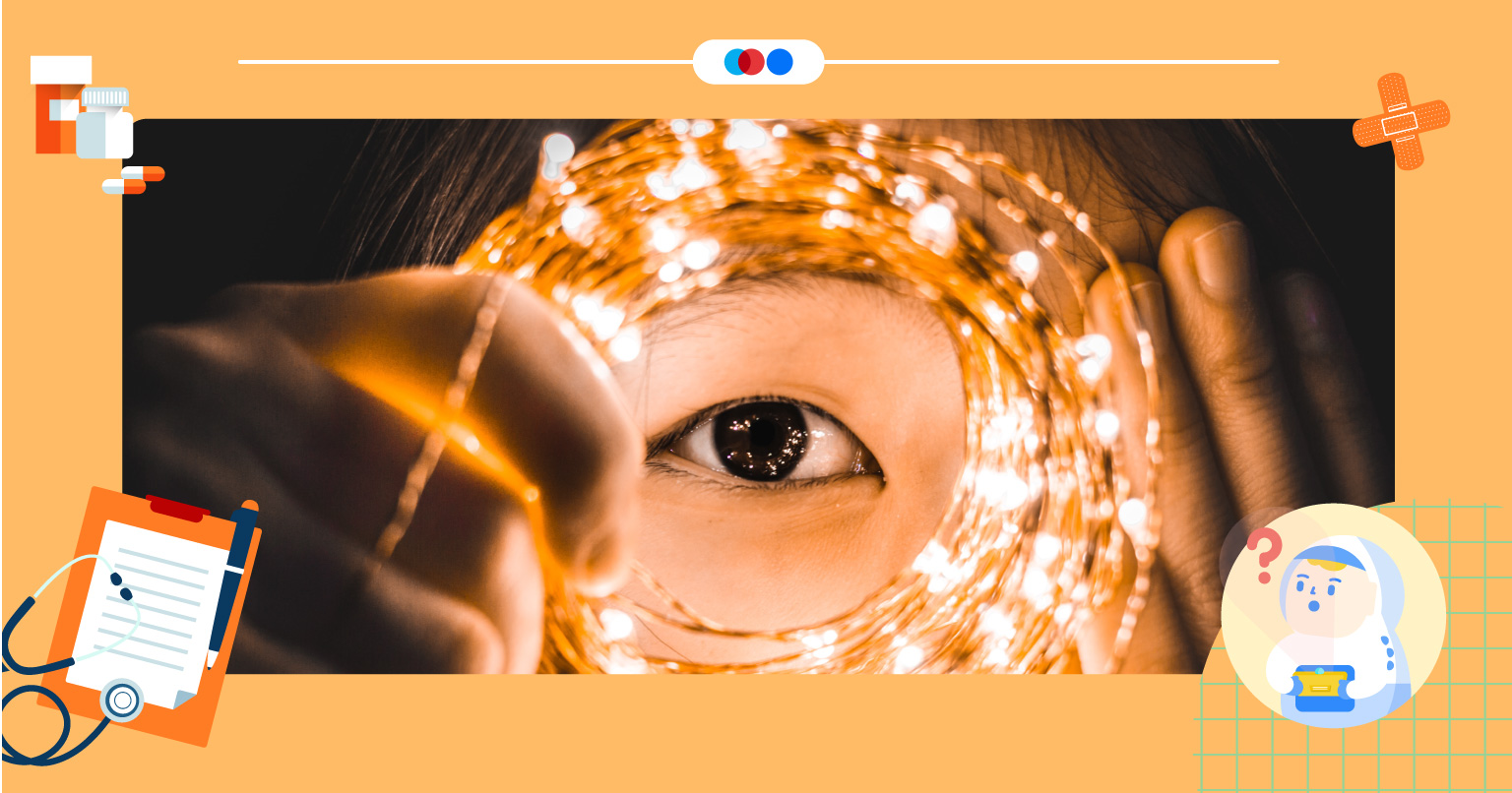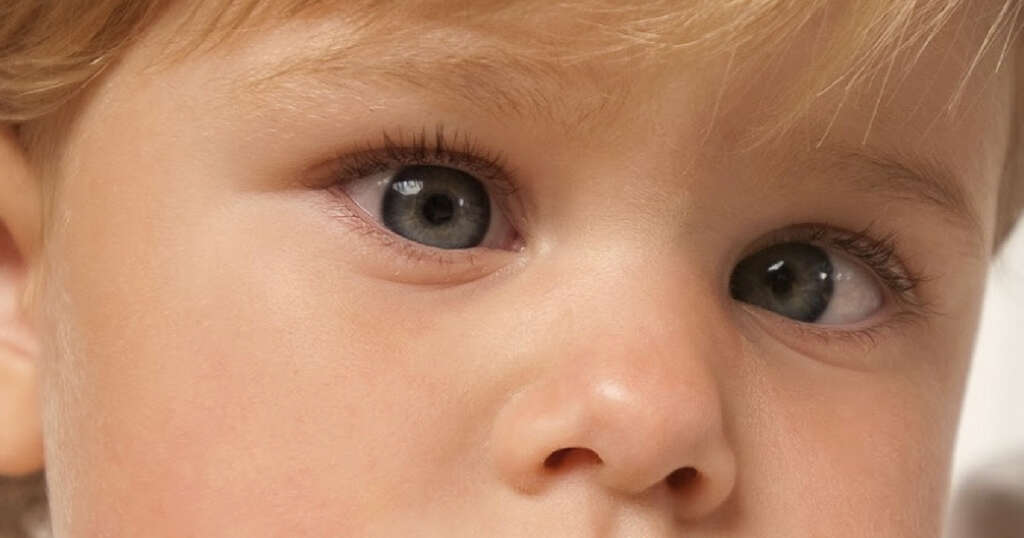The Secret Of Info About Is Lazy Eye Harmless Flip Out Hairstyles For Long Hair

Lazy eye, or amblyopia, is a condition that causes poor vision, usually in one eye.
Is lazy eye harmless. Eventually, your brain ignores the signals from your weak or “lazy”. Amblyopia is a common problem in babies and young children. Approximately 2 to 4 percent of the u.s.
A child’s vision develops in the first few years of life. What is amblyopia (lazy eye)? Amblyopia, known as lazy eye, is a developmental problem in the nerve connecting the eye and brain.
A lazy eye, which some people are born with, is the primary source of vision loss in kids, but adults with vision trouble in one of their eyes also can develop lazy eye later in life. Amblyopia occurs when the brain fails to coordinate nerve signals from the affected eye. Psychologically it effects people because we use eye contact and tracking in communication.
Amblyopia, also called lazy eye, is a disorder of sight in which the brain fails to fully process input from one eye and over time favors the other eye. A lazy eye does not always cause symptoms and is often first diagnosed during an eye test. A lazy eye is usually caused by an uncorrected vision problem, an eye misalignment, or by something blocking your vision, like a droopy eyelid or scar in front of the eye.
You can then have regular eye checks at opticians from the ages of. Often, the signs of a lazy eye are not evident without an eye examination.
Shutting 1 eye or squinting when looking at things It develops when there’s a breakdown in how the brain and eye work together and the brain can’t recognize the sight from one eye. Lazy eye (amblyopia) is reduced vision in one eye caused by abnormal visual development early in life.
Amblyopia (also called lazy eye) is a type of poor vision that happens in just 1 eye. When most people think of “lazy eye” they are actually thinking of wandering or misaligned eyes, which is strabismus. Amblyopia is when vision in one or both eyes does not develop properly during childhood.
Rarely, both eyes can be affected. Amblyopia generally develops from birth up to age 7 years. The weaker — or lazy — eye often wanders inward or outward.
Lazy eye is when your brain favors one eye, often due to poor vision in your other eye. It results in decreased vision in an eye that typically appears normal in other aspects. If you didn’t have your lazy eye, or amblyopia, treated as a kid, it’s not too late, shares an ophthalmologist.
This condition is sometimes confused with strabismus, also known as a misalignment of the eyes. Eyedrops are generally used to dilate the eyes. Amblyopia, or lazy eye, causes vision loss.
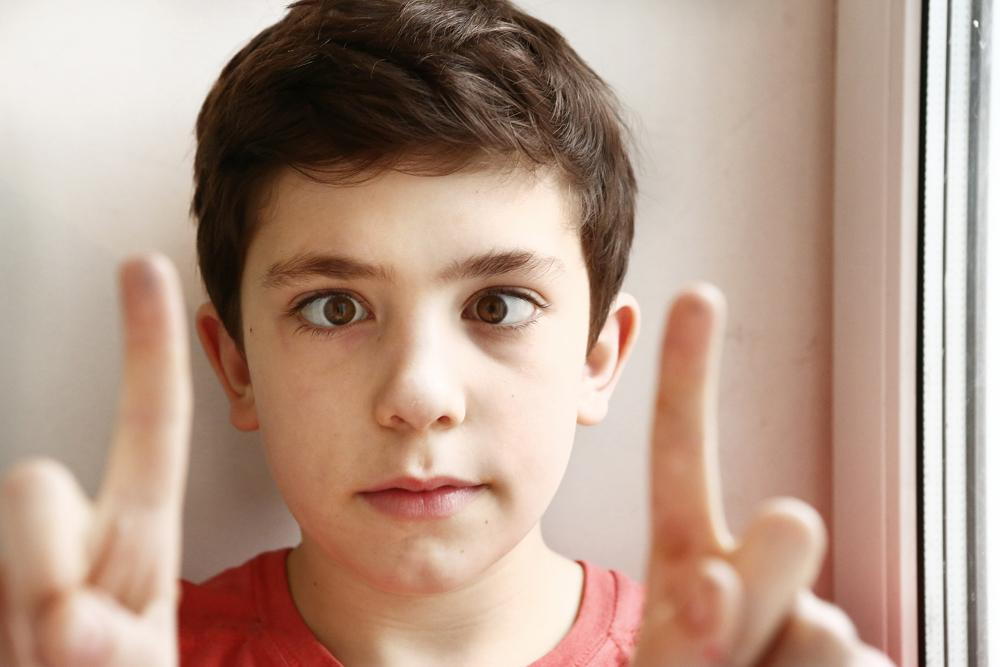
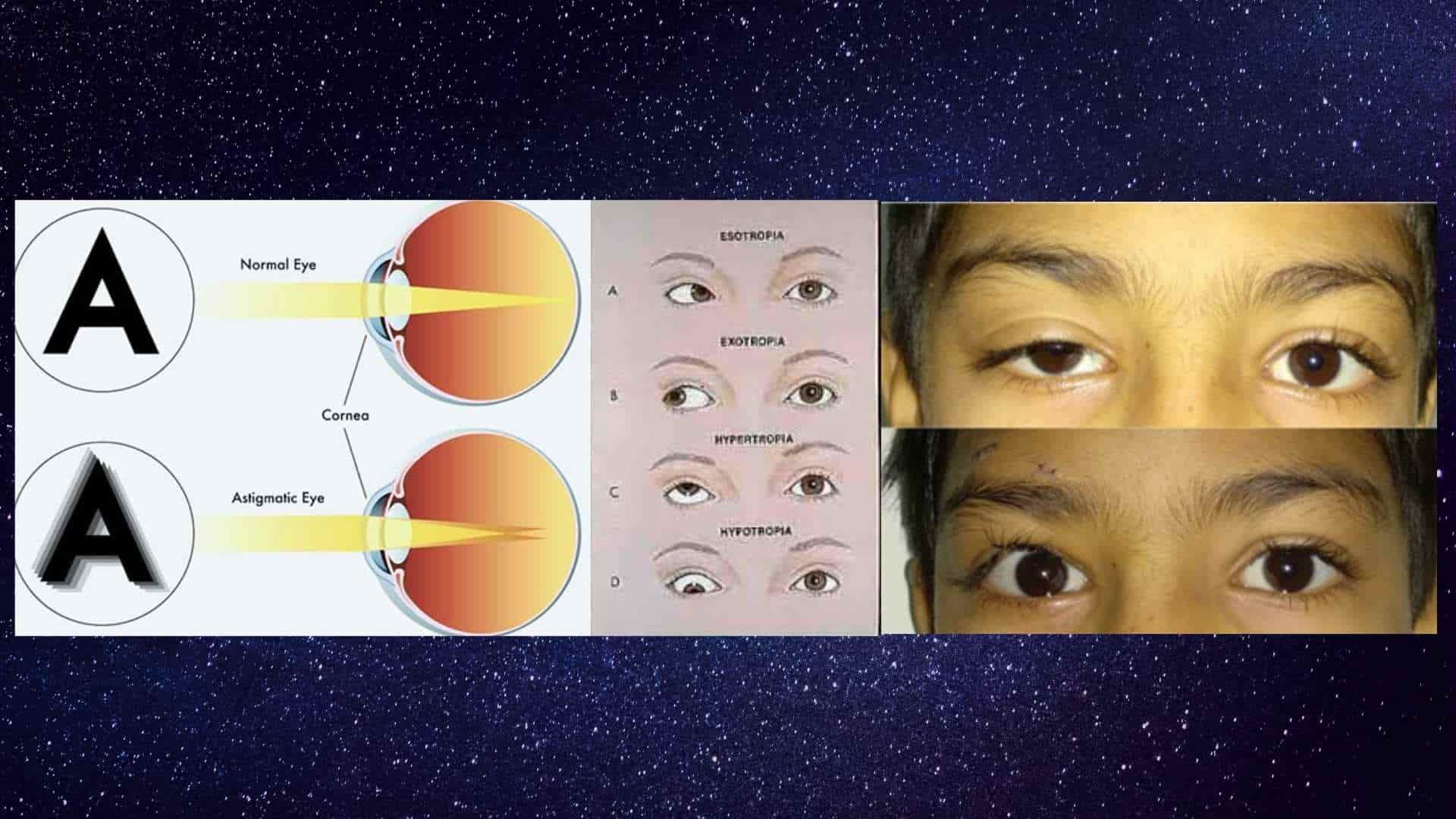

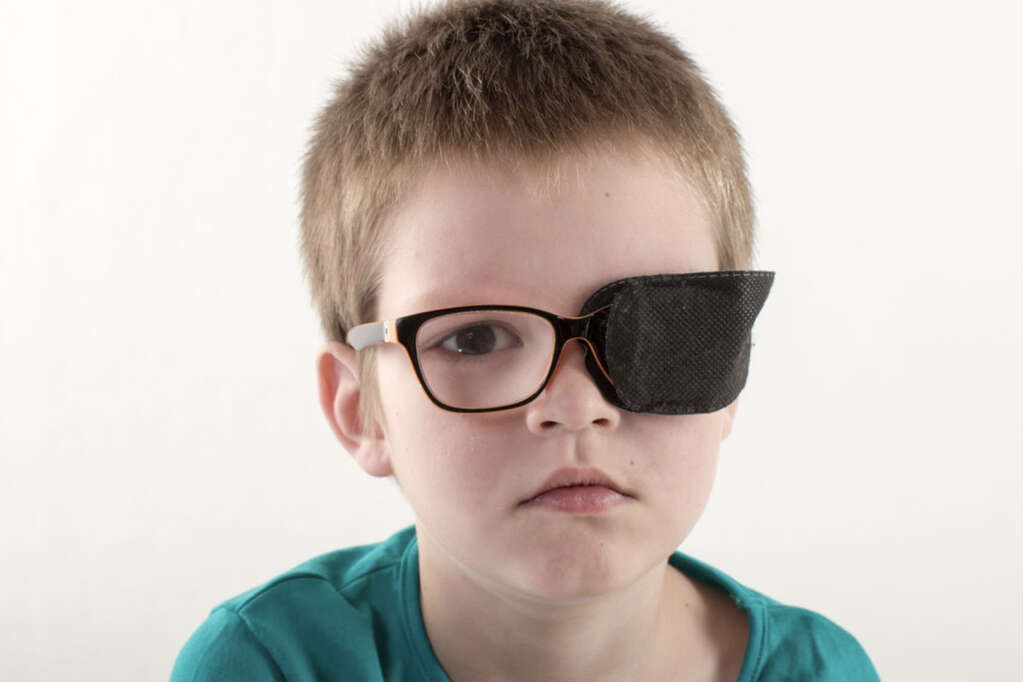

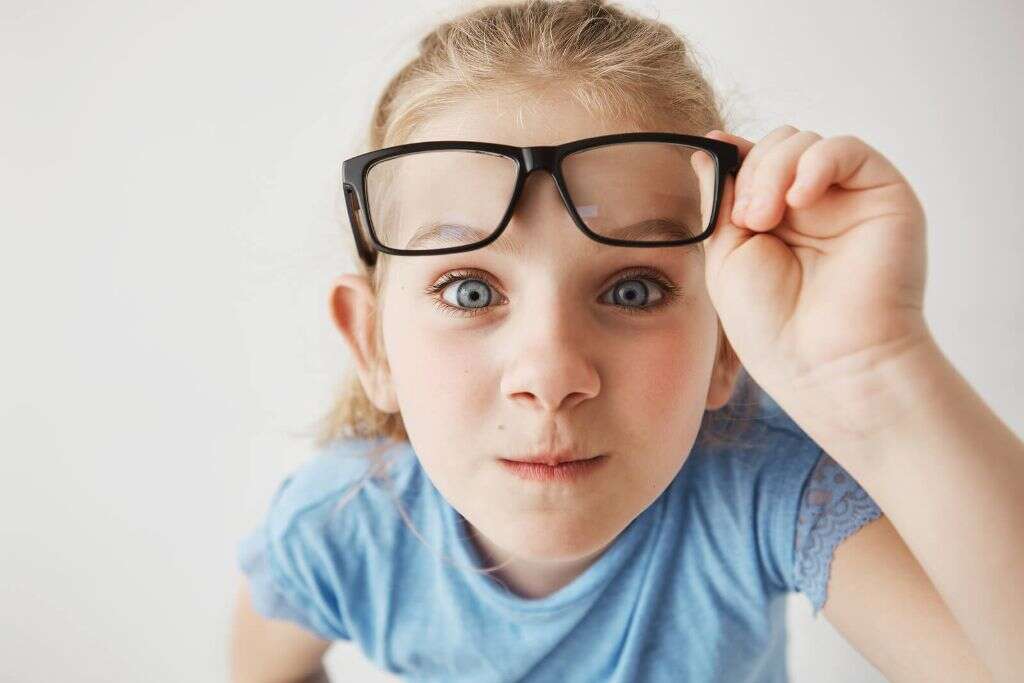
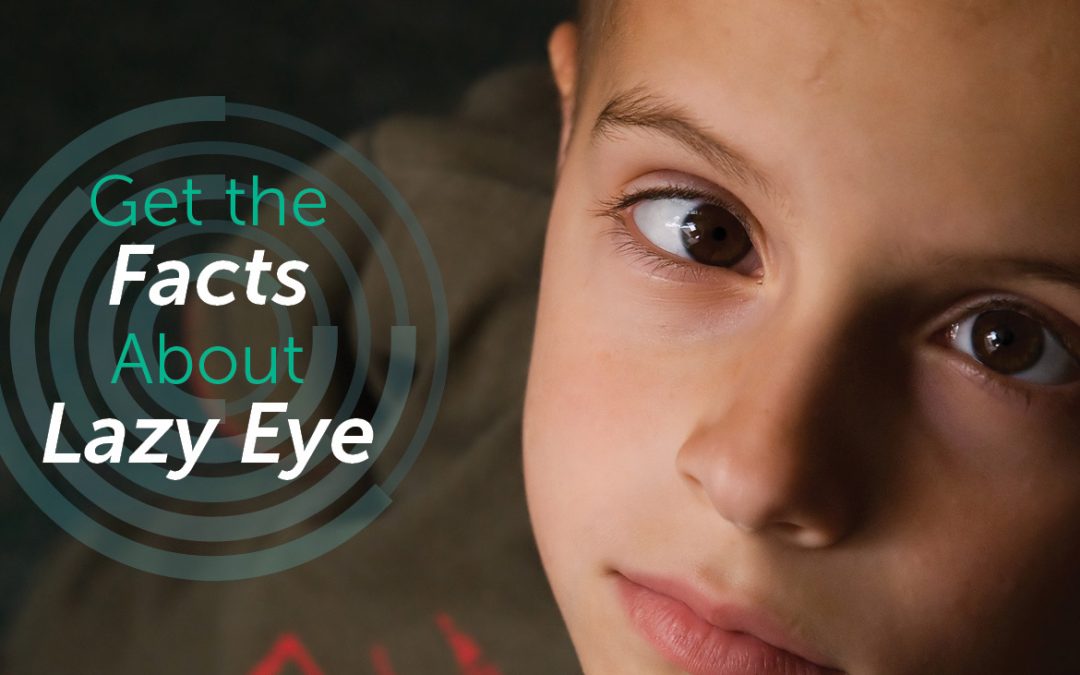
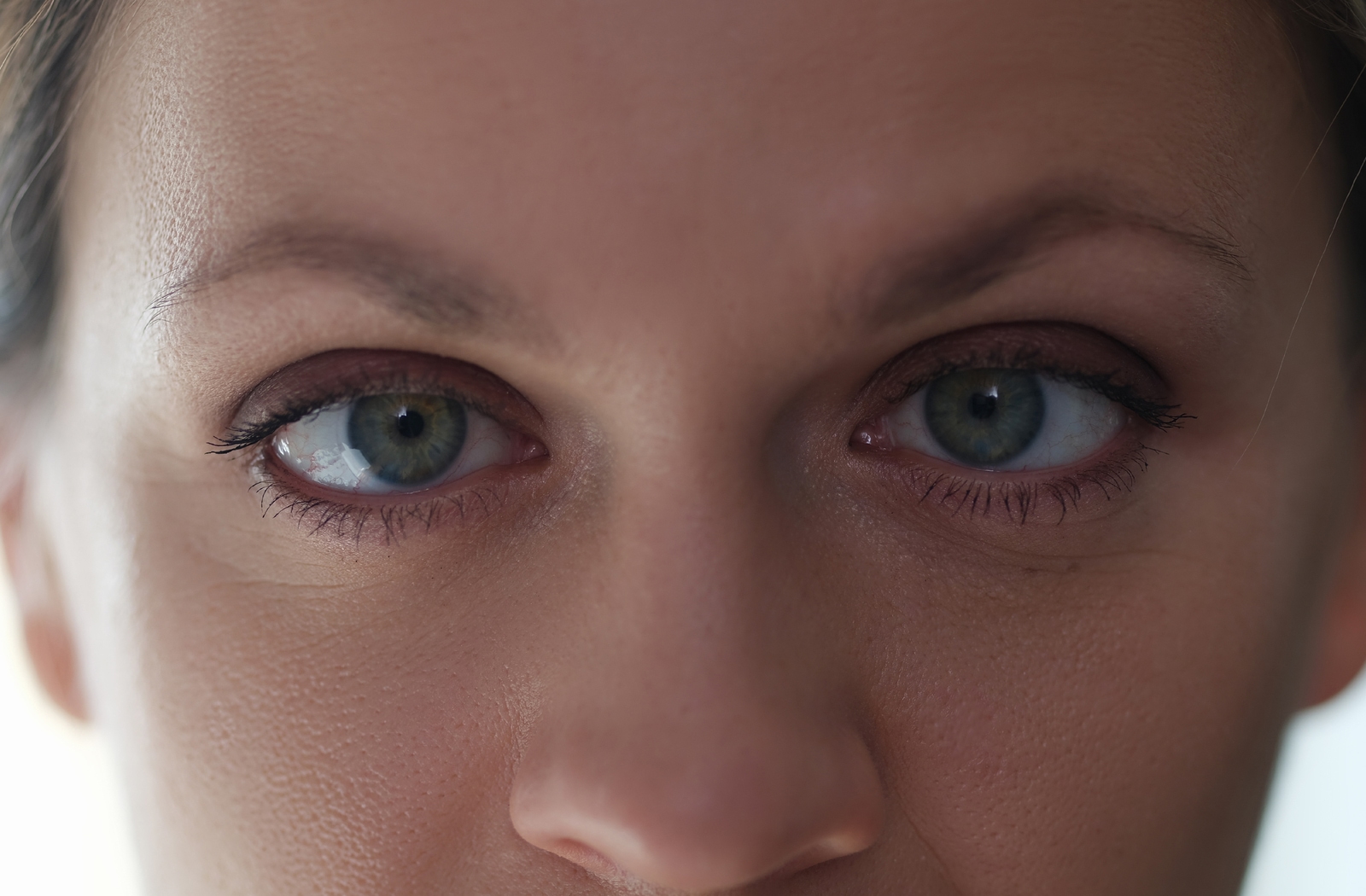





:max_bytes(150000):strip_icc()/VWH-MiraNorian-WhatisaLazyEye-Standard-cded1bf7fe6448989f8fff20c4df84e0.jpg)



